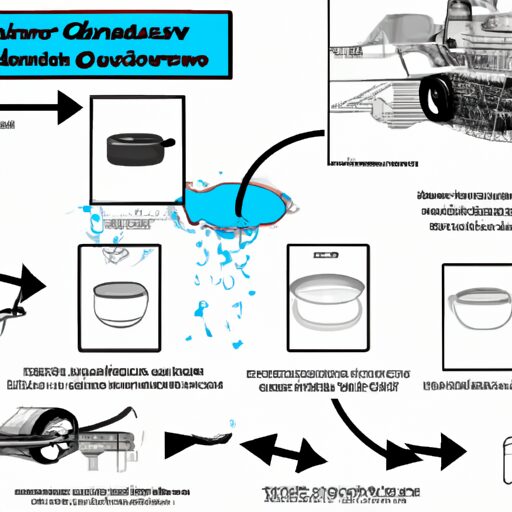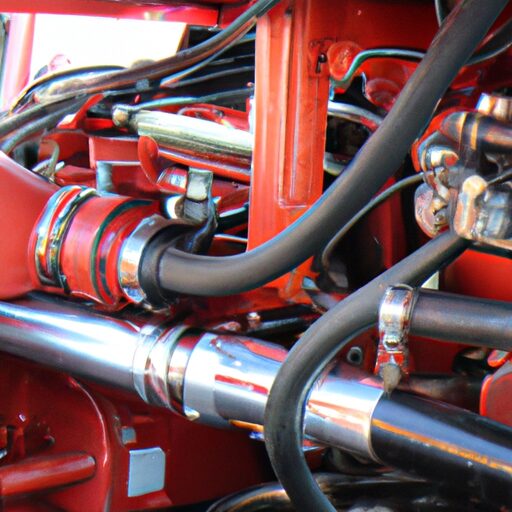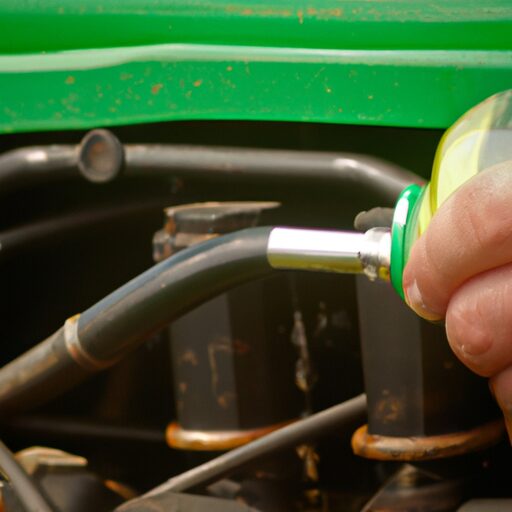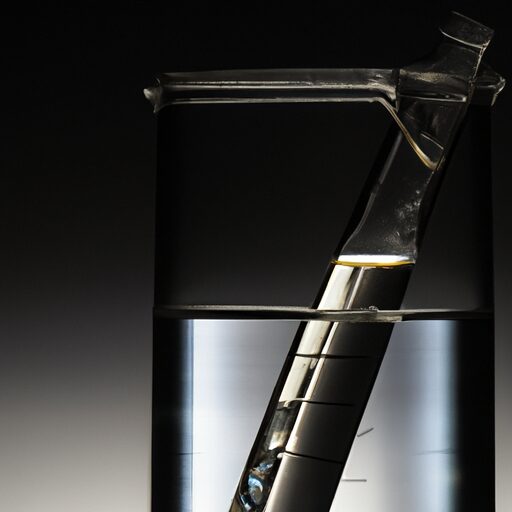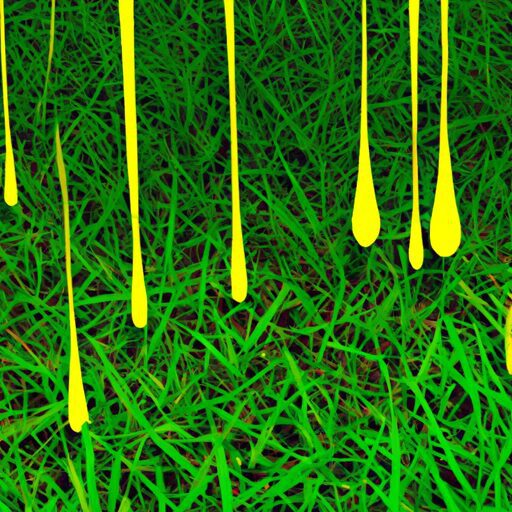How To Change Hydraulic Fluid In Western Snow Plow
The process of changing hydraulic fluid in a Western snow plow is an essential maintenance task for ensuring the proper functioning of the equipment. This article provides a step-by-step guide on how to perform this task effectively. By following these instructions, individuals can maintain their snow plows’ hydraulic systems and avoid potential issues that may arise due to old or contaminated fluid.
To commence the process, it is crucial to gather all the necessary tools and supplies required for this task. The preparation steps involve ensuring that the snow plow is in a suitable position for maintenance and draining the old hydraulic fluid from the system. Additionally, replacing the hydraulic filter with a new one is essential to maintain optimal performance.
Afterward, refilling the hydraulic system with fresh fluid is imperative, followed by bleeding the system to remove any trapped air. Finally, testing the snow plow’s functionality ensures that it operates correctly after completing this maintenance procedure.
This article aims to provide technical guidance with precise details tailored for an audience seeking comprehensive understanding of how to change hydraulic fluid in Western snow plows.
Gather the Necessary Tools and Supplies
To begin the process of changing hydraulic fluid in a Western snow plow, it is essential to gather all the necessary tools and supplies. The first step is to ensure that you have a basic understanding of the task at hand. Next, make sure you have the required tools such as a socket set, wrenches, pliers, and a drain pan. Additionally, it is important to have safety equipment including gloves and safety glasses.
In addition to gathering tools, it is crucial to acquire the appropriate supplies for this task. One key supply is the correct hydraulic fluid for your specific Western snow plow model. It is vital not to use just any hydraulic fluid as using an incorrect one can lead to damage or malfunctioning of your snow plow system.
Furthermore, when changing hydraulic fluid in a Western snow plow, it is important to be aware of how to dispose of the old hydraulic fluid properly. Improper disposal can harm the environment and may even be against local regulations.
By ensuring you have all necessary tools and supplies before starting this maintenance procedure on your Western snow plow, you will save time and avoid potential complications. Now that we have gathered everything needed let’s move on to preparing the snow plow for maintenance.
Prepare the Snow Plow for Maintenance
Before starting the maintenance process, it is important to properly prepare the equipment used for snow removal. Preparing the equipment ensures that it is in optimal condition and ready for efficient operation. To begin, gather all necessary tools and supplies such as safety goggles, gloves, a drain pan, and a wrench. These items will help ensure both personal safety and successful completion of the task at hand.
Next, inspect the snow plow for any signs of damage or wear. Check for loose or missing bolts, cracks in the hydraulic lines, or any other potential issues that may affect its functionality. It is crucial to address these issues before proceeding with any maintenance activities.
Additionally, take appropriate safety precautions by turning off the engine and disconnecting all power sources to prevent accidental activation of moving parts during maintenance. This step minimizes the risk of injury while working on the snow plow.
Lastly, clean the exterior surfaces of debris and dirt using a mild detergent solution and water. This not only improves visibility but also helps identify any hidden defects that may have been concealed by dirt or grime.
Having properly prepared your snow plow for maintenance by gathering tools and supplies, inspecting for damage or wear, taking safety precautions, and cleaning its exterior surfaces thoroughly; you are now ready to move on to draining the old hydraulic fluid in order to complete this essential step in maintaining your equipment effectively.
Drain the Old Hydraulic Fluid
Draining the old hydraulic fluid is a crucial step in maintaining the snow plow, as it ensures proper functioning and extends the equipment’s lifespan. Interestingly, studies have shown that regularly changing hydraulic fluid can reduce equipment failure rates by up to 75%.
To drain the old hydraulic fluid from a Western snow plow, follow these steps:
-
Flushing the hydraulic system: Before draining the fluid, it is recommended to flush the entire hydraulic system. This involves operating the plow for a few minutes to warm up the fluid and then activating all functions multiple times. Flushing helps remove any contaminants or impurities present in the system.
-
Prepare for disposal of old fluid: Once flushed, turn off the plow and position a drain pan beneath it to catch the old fluid. It is important to use an appropriate container for disposal according to local regulations.
-
Drain the old fluid: Locate and loosen the drain plug on the pump reservoir or manifold block to allow gravity drainage of all hydraulic oil from within.
-
Dispose of old fluid responsibly: After completely draining, transfer the used oil into an approved container for recycling or take it to a designated waste collection facility.
By following these steps and properly disposing of old hydraulic fluids, you can maintain your Western snow plow effectively. The next section will cover how to replace the hydraulic filter without interrupting its performance.
Replace the Hydraulic Filter
Replacing the hydraulic filter is an essential step in maintaining the functionality and longevity of the snow plow’s hydraulic system. The hydraulic filter plays a crucial role in filtering out contaminants, such as dirt, debris, and metal particles, that can potentially damage the system. Regular maintenance of the hydraulic filter ensures its optimal performance and prevents any potential issues that may arise due to clogged or faulty filters.
To begin with hydraulic filter maintenance, it is important to locate the existing filter within the snow plow’s hydraulic system. Once located, remove the old filter by unscrewing it from its housing using appropriate tools. Inspect both the old filter and its housing for any signs of damage or wear and tear. If any issues are detected, they should be addressed before installing a new filter.
When troubleshooting hydraulic filter issues, it is crucial to identify common problems such as reduced fluid flow or pressure drops. These symptoms can indicate a clogged or damaged filter that needs replacement. Installing a new hydraulic filter will help restore proper filtration capacity and maintain efficient operation of the snow plow’s hydraulic system.
Moving forward into refilling the hydraulic system with new fluid…
Refill the Hydraulic System with New Fluid
To ensure the smooth operation and longevity of the snow plow’s hydraulic system, it is crucial to replenish the system with fresh fluid after performing necessary maintenance tasks. Refilling the hydraulic system with new fluid involves several steps that require technical precision. First, locate the fill cap on top of the reservoir tank and remove it. Next, using a funnel or a hand pump, carefully pour the new hydraulic fluid into the tank until it reaches the appropriate level indicated by the manufacturer. It is important to avoid overfilling as this can cause damage to the system.
During this process, it is recommended to periodically check for any leaks or abnormalities in fluid flow. Troubleshooting tips include inspecting all connections for tightness and ensuring that there are no loose fittings or damaged hoses. Additionally, observing any changes in pressure or strange noises during operation may indicate issues that need further investigation.
Transitioning into bleeding process: Once you have successfully refilled the hydraulic system with fresh fluid, it is essential to bleed the system to remove any trapped air bubbles and ensure optimal performance.
Bleed the System to Remove Air
The next step in the maintenance process involves bleeding the system to remove any trapped air bubbles and ensure optimal performance. Bleeding the hydraulic system is crucial as it helps maintain proper functioning of the Western snow plow. Here are three important discussion topics regarding this process:
Troubleshooting common issues during the bleeding process:
- Check for leaks: Inspect all connections and hoses for any signs of leakage, as this can introduce air into the system.
- Ensure correct fluid level: Make sure that the hydraulic fluid reservoir is filled to the recommended level, as low fluid levels can cause air to enter.
- Proper bleeding procedure: Follow a systematic approach while bleeding, starting from the furthest point away from the pump and working towards it.
-
Importance of regular maintenance for preventing air buildup:
Regular maintenance plays a vital role in preventing air buildup in the hydraulic system. This includes timely replacement of hydraulic fluid, inspecting hoses and connections for wear or damage, and addressing any leaks promptly.
After successfully bleeding the system, it is essential to test the snow plow for proper functioning before moving on to other steps in maintaining your Western snow plow.
Test the Snow Plow for Proper Functioning
Upon successfully bleeding the system, it is of utmost importance to conduct a meticulous examination of the snow plow’s performance to ensure its flawless functionality. To begin this process, it is crucial to check all hydraulic lines for any signs of leaks or damage. Inspecting each line thoroughly can help identify potential issues that may affect the plow’s operation.
Next, it is necessary to test the functions of the snow plow one by one. This includes activating the raise, lower, left, and right commands to evaluate their response time and accuracy. Observe if there are any delays or abnormal movements during these actions. Additionally, pay attention to any unusual sounds such as grinding or clunking noises which might indicate mechanical problems.
If any issues arise during testing, troubleshooting should be conducted promptly. This involves identifying the root cause of the problem and taking appropriate measures to resolve it. Common troubleshooting steps may include checking electrical connections, inspecting solenoids for proper functioning, and ensuring that all components are properly lubricated.
By thoroughly examining the snow plow’s performance and addressing any identified issues in a timely manner, users can ensure that their equipment operates efficiently and reliably throughout its lifespan. Regular maintenance checks will also help prevent potential failures and costly repairs in the future.
Frequently Asked Questions
How often should the hydraulic fluid in a Western snow plow be changed?
The frequency of changing hydraulic fluid in a western snow plow depends on several factors, such as usage intensity and manufacturer recommendations. Signs that the hydraulic fluid needs to be changed include decreased performance, leaks, and contamination.
Can I use any type of hydraulic fluid for my Western snow plow?
Different types of hydraulic fluid can be used for a western snow plow, but compatibility is crucial. Ensuring that the chosen fluid meets the manufacturer’s specifications and is compatible with other fluids in the system is essential for optimal performance and longevity of the equipment.
What is the purpose of the hydraulic filter in a snow plow?
The hydraulic filter in a snow plow serves the purpose of removing contaminants and debris from the hydraulic fluid, preventing damage to the system. Regular maintenance of the filter is important for ensuring optimal performance and longevity of the snow plow’s hydraulic system.
How long does it take to drain the old hydraulic fluid from a Western snow plow?
Draining old hydraulic fluid from a western snow plow can take anywhere from 30 minutes to an hour, depending on the specific model and condition of the system. Properly disposing of the fluid and following safety precautions is crucial during this process.
Is it necessary to bleed the hydraulic system after replacing the fluid in a snow plow?
Bleeding the hydraulic system after replacing the fluid in a snow plow is necessary to ensure optimal performance and prevent issues such as air bubbles. Proper maintenance of hydraulic fluid is important for snow plows, and signs of contamination should be monitored regularly.
Conclusion
In conclusion, changing the hydraulic fluid in a Western snow plow requires gathering the necessary tools and supplies, preparing the plow for maintenance, draining the old hydraulic fluid, replacing the hydraulic filter, refilling the system with new fluid, bleeding the system to remove air, and testing the plow for proper functioning. By following these steps, you can ensure that your snow plow operates efficiently and effectively. Investigating the truth of this theory will enable readers to understand and appreciate the detailed process involved in changing hydraulic fluid in a Western snow plow.

